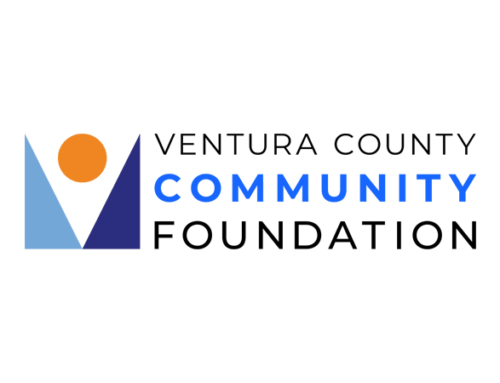Non-profit organizations often find themselves in difficult spots. They exist to accomplish a not-for-profit goal, and in many cases, that goal is to provide valuable services to the local community. These goals also generally do not bring in any sort of income for the organization, meaning that operational funds need to be found other ways, through fundraising strategies.
There are plenty of traditional methods to raise funds. Events, such as bus tours, a Santa meet-and-greet, or runs and walks can also raise money for your organization. Ticketed dinners with speakers and live auctions can raise money on two fronts. Annual appeals such as standing at intersections collecting donations, or direct appeals through mail campaigns. Capital campaigns when you have large projects.
That’s the how, but the question is, how can you make it bigger and better? You need to improve your fundraising strategies to increase donations. These 12 fundraising strategies can help you take your efforts to the next level.
1.Embrace Online Fundraising
There’s no excuse to not have online fundraising abilities in today’s world. Not having them is leaving hundreds, thousands, possibly even millions of dollars on the table.
- Be mobile – Many donors will be browsing on their pads and phones, so your site needs to be mobile-friendly.
- Be secure – All donors want to know that making their donation will not open them up to a security breach, so invest in security software like Entrust.
- Make it easy – Donors might give up after three or four clicks. If you can make donations a one-click effort, you’ll likely see an uptick.
- Constant updating – Don’t let your website get stale. Outdated donation pages will give possible donors pause, because if you’re not keeping them current, are you really giving your best effort?
- Consistent, current branding – The better it looks, the more they’ll give.
2.Be Social
Beyond simply being able to donate online, you need to utilize the social media out there to your advantage. This is not optional in today’s age, and Facebook isn’t enough anymore. Your non-profit needs to be active across as many platforms as possible, and you should be hopping on anything that starts to take off. The more ways you have to reach potential donors, the more funds you’ll have access to.
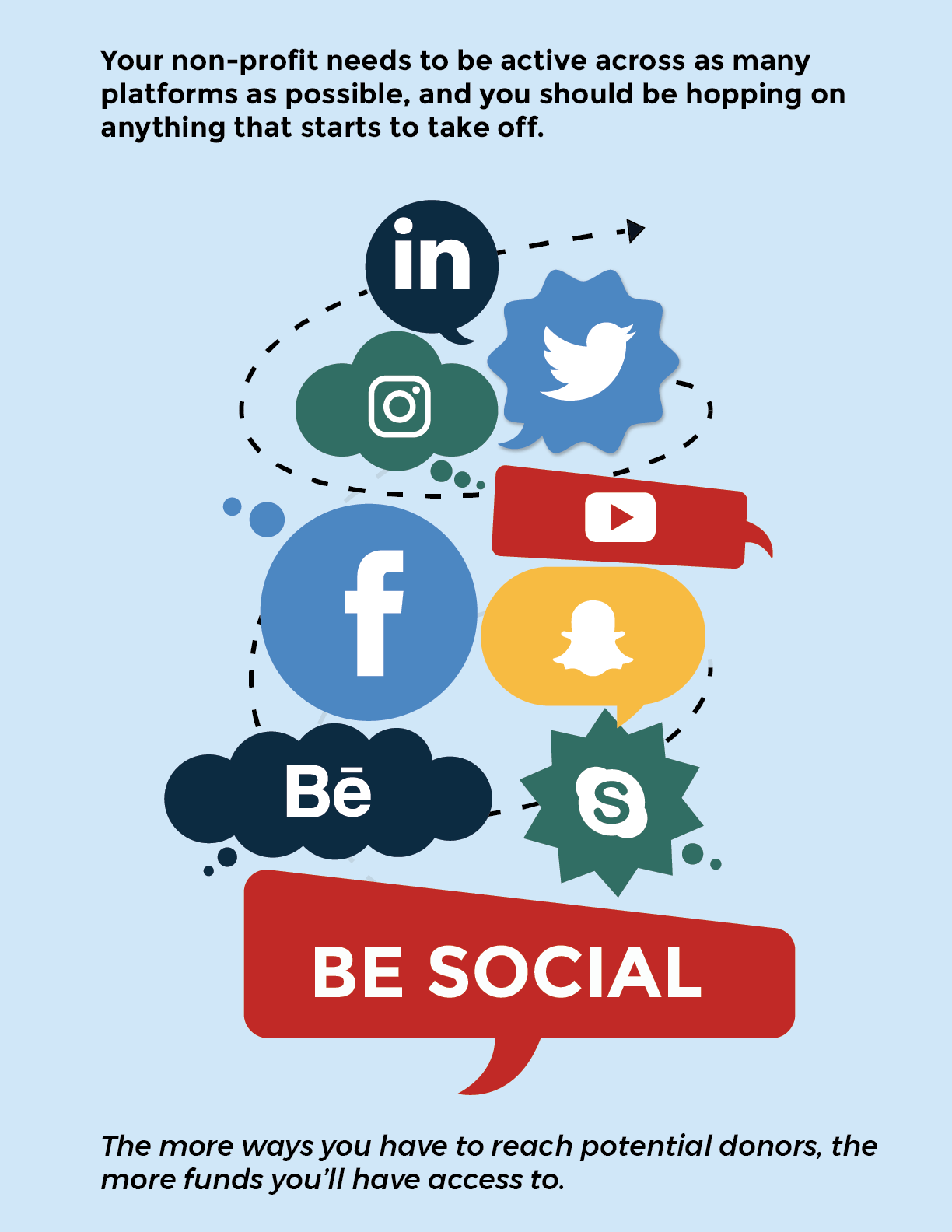
Social media isn’t just about raising immediate funds either. You can connect with other non-profits and encourage future collaboration. You can point donors and friends to similar non-profits that your non-profit supports. You can publicize news stories regarding the cause. It is a massive tool, and just like duct tape, something you should always have in your toolbox.
3.Incentivize!
Crowdfunding websites like Kickstarter and IndieGoGo have got the right idea – they offer small incentives at various levels to stir up donations, in the hope that it all adds up to one large investment in what they are producing or starting. Incentivizing donors by providing fun little bonuses at certain levels is a great way to raise funds. It’s worked for PBS for years – it’ll work for your non-profit as well.
Don’t just incentivize your donors – incentivizing your fundraisers themselves can be a great way to drum up for funds. They’re helping you to identify and cultivate donors, why not give them something in return? It’s something many of the largest non-profits already do – hospitals and universities straight-up pay their fundraisers a massive bonus for getting large donations. Smaller non-profits may not have this ability, but there are always incentives you can provide. It could be anything from them getting to pick the next destination for office lunch on Friday, to small gifts, to getting their name on the wall. See what works best for your group!
4.Donor Recognition
Everyone likes to be recognized for what they do, and while incentives are one strategy to improve fundraising, the permanence is lacking. It’s also not a very public thing – sure, that DVD set is nice, but it doesn’t announce to the world that the donor has gifted funds. Potential donor recognition options include:
- Mentioning them in regular publications.
- Thanking them publically on social media.
- Highlighting their contributions in a video piece.
- Distributing press releases naming major donors.
- Have an “honor roll” on your website or at your headquarters including their names.
- Name a building, wing, bench, or other object in their honor.
- Create an honor walk or honor wall using bricks with donor’s names on them.
5.Reduce Costs
It won’t necessarily raise more funds, but reducing costs will help you to apply the funds raised by your organization more efficiently. You’ll see this as a measure of many non-profit organizations these days – when they are talked about, it is often in terms of the return they provide to their cause. There are websites devoted to finding the most efficient and effective charities. What they all look at is how much the charity actually uses versus what it spends on administrative costs.
There are numerous way to reduce costs. Look for local volunteers, working with businesses and other non-profits to see if there are people interested. Use the internet – websites like Catchafire are one-stop shops for a variety of volunteers based all over the country. This lets you draw from a large talent pool, instead of just what is close by.
6.Donor Retention over Donor Courting
Piggybacking the idea of reducing costs, data has shown that it is cheaper and more effective to keep donors on board than it is to go acquire them. It’s also been noted that non-profits often concentrate more on finding new donors, and let existing donors wither away year to year. If your non-profit does not have a donor retention plan in place, that needs to be one of the highest priorities moving forward.
7.Learn About Your Donors
One of the top strategies for reaching your donors is learning more about them, instead of constantly pitching your cause again and again. As an organization, you need to be learning their demographics, what works or has worked with them to solicit funds in the past, and much more. You can’t just skim this stuff from social media either. You’ll need to track and record actions, appointments, phone calls, and other activity metrics. Encourage your staff to get personal with some donors, learn what may motivate them further. If you don’t ask, you’ll never learn.
8.Commit to Major Giving
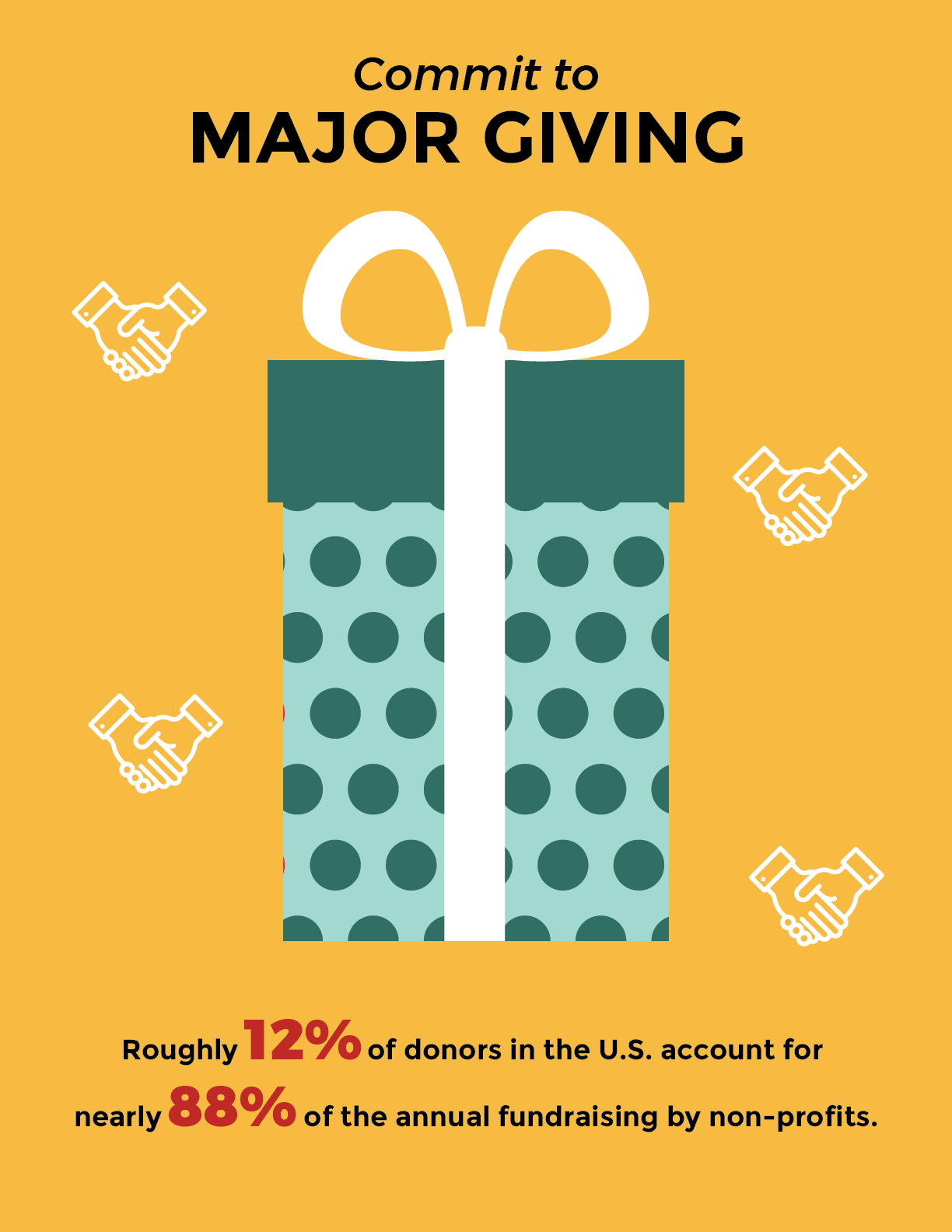
Did you know that roughly 12% of donors in the U.S. account for nearly 88 percent of the annual fundraising by non-profits? It may sound like a pipe dream that you’ll find a major donor for your non-profit, but they are certainly out there. Do you have someone committed to hunting down one of these major donors? Do you have a strategy to find and retain them? This could be an answer to year-to-year budgetary concerns, so you need to make that effort.
9.Cultivate Corporate
Yes, individuals give the lion’s share when it comes to non-profit fundraising, but you can’t ignore the usefulness of corporate partnerships and giving. They can commit quite a bit to your cause, and it’s mutually beneficial for them – being connected to your non-profit can bring them quite a bit of goodwill in the community. By connecting with a corporate entity, you can explore relationships such as:
- Corporate Event Sponsorships
- Corporate Donations
- Corporate Foundation Grants
- Co-Advertising
- Success-Based Donation
- A Corporate Champion
- Potential for Matching Gift Opportunities
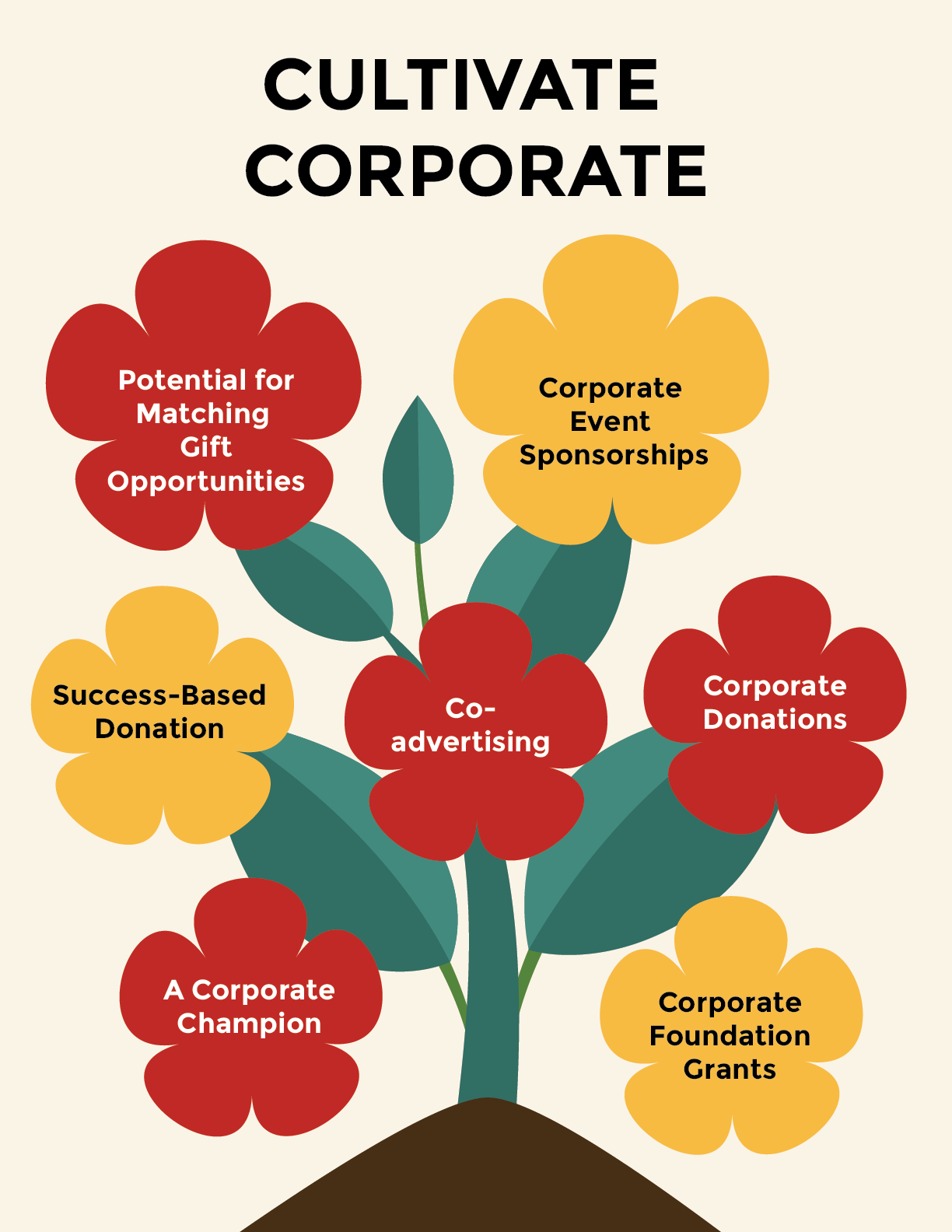
10.Donor-Centered Content Marketing
Sometimes fundraising needs to be about more than just the cause. That is the focus in the end, to raise more funds for the cause, but it can’t always be the focus of your efforts. Donors want to be talked to, they want to see what they do. Not what the organization does. They want to know how important they are to the cause. When you are creating content for fundraising, consider making it more about the donor. Don’t tell them that “We are helping provide 5,000 mosquito bed nets per year,” instead tell them “You provided 5,000 at-risk children in Africa protection from malaria.” Or, as some marketers put it, promote the “youtility” of donors.
11.Gamification
Everyone loves seeing their level bar keep rising as a Google Local Expert, a new badge on Untappd, or to go back a few years, be the mayor of your local pub on Foursquare. Why? Gamification. All of these reward actions by having a visible, immediate response for doing more.
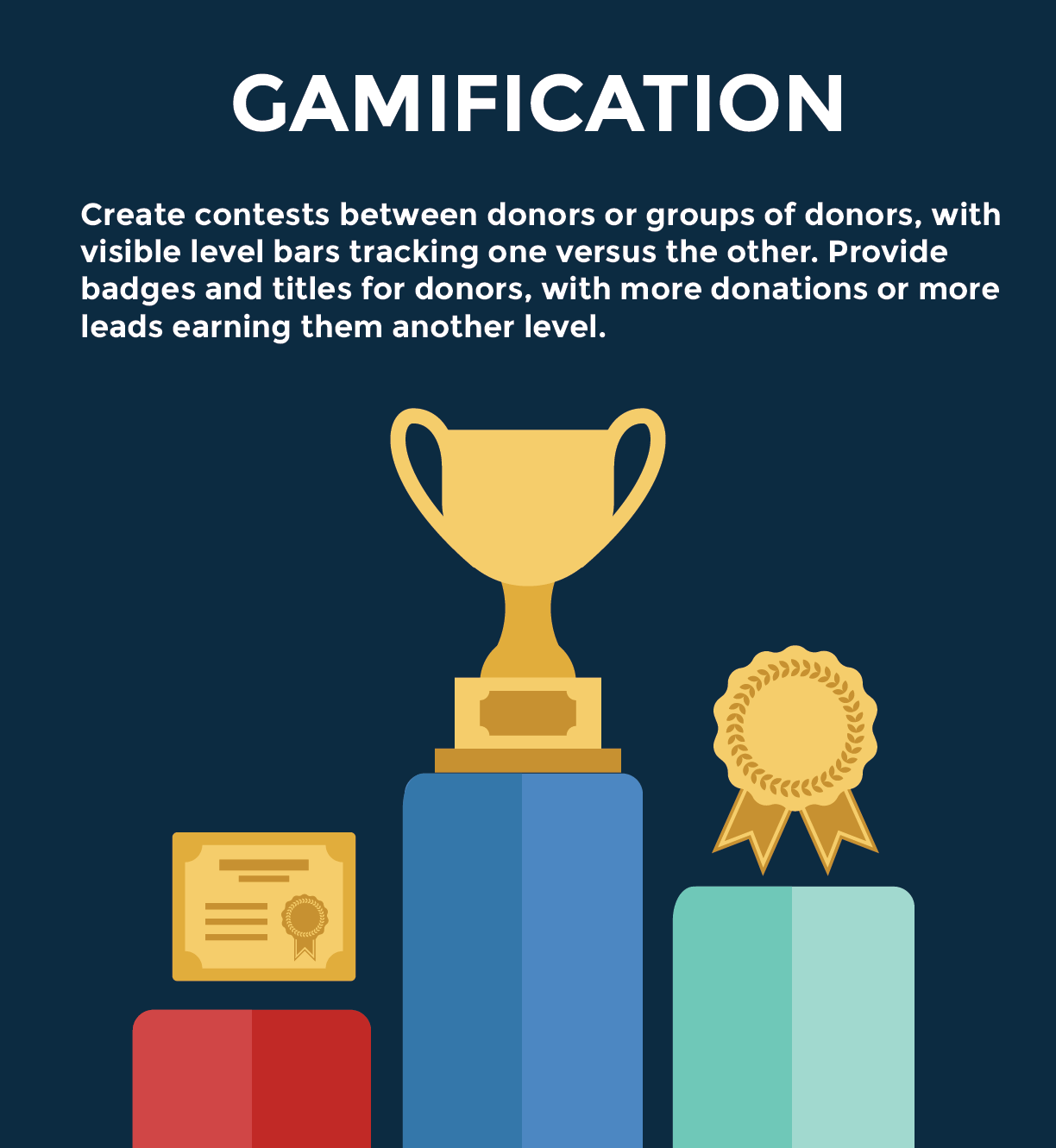
So why not gamify your giving? Create contests between donors or groups of donors, with visible level bars tracking one versus the other. Provide badges and titles for donors, with more donations or more leads earning them another level. Get creative. Put it up somewhere for the public to see as well.
12.Experimentation
Every non-profit needs to learn to experiment a little. You can’t continue just “doing what’s worked.” If you just keeping doing what you’ve been doing, you’ll likely keep getting the results you’ve been getting all along. Structured experimentation can help you discover what could be a positive new direction for your organization. Consider split-testing web pages, developing small fundraising methods that can be scaled up, using multiple subject lines to test response rates – the list goes on. Throw out what doesn’t work, keep what does, and continue to develop and test more ideas.
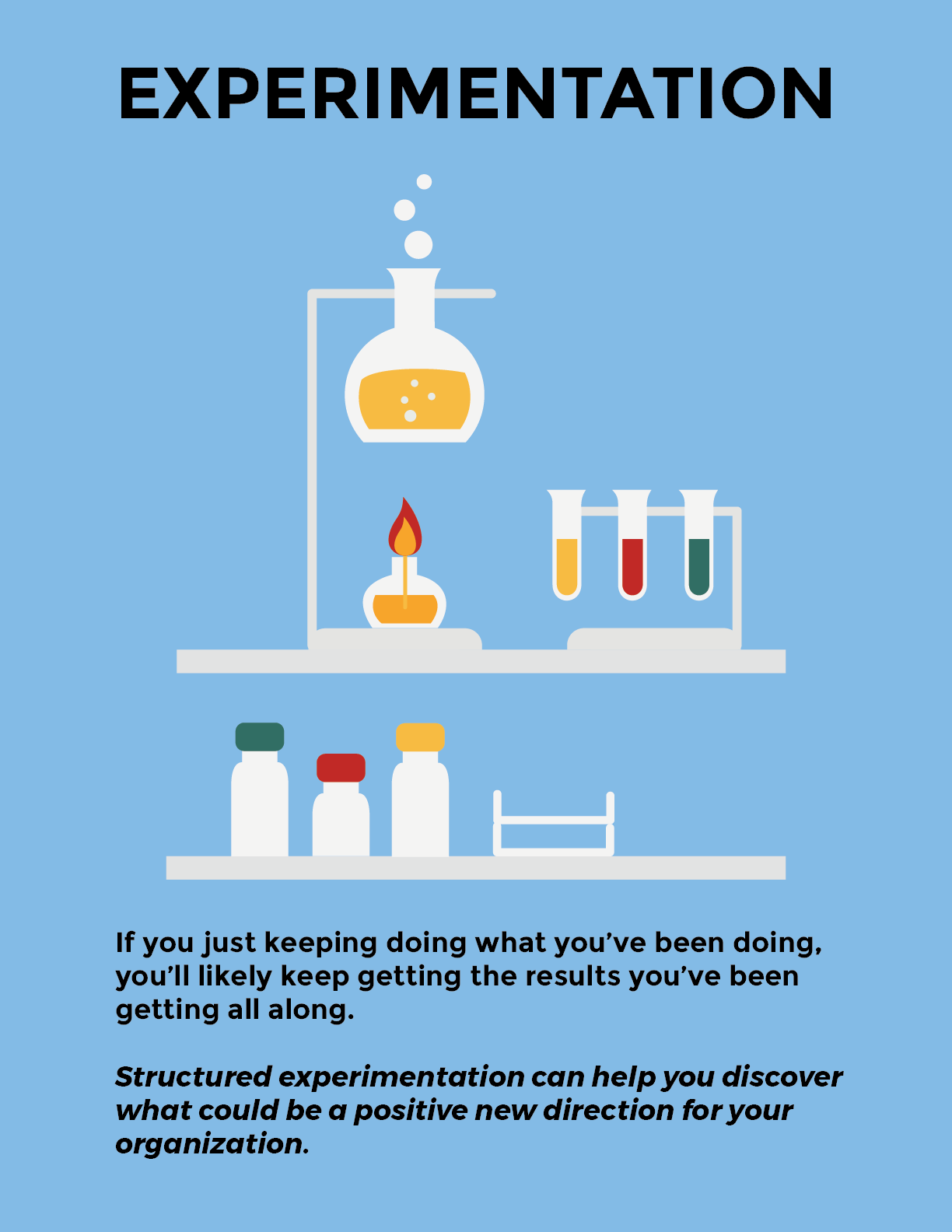
These strategies can all help non-profit organizations to be more efficient and effective, raising more funds for the causes they support. Fundraising is a difficult task, and certainly not the most enjoyable in the world. That’s why you need to implement strategies that provide a better bang for the effort being put out. So start working with these strategies today and see how they impact your bottom line!



